

























Through specialized programs, clinical trials and a commitment to challenging conventional thinking, our comprehensive team of cardiovascular specialists is improving outcomes and providing better options for heart and vascular care in your community.

Our doctors specialize in treating a wide spectrum of cardiovascular diseases and disorders, including:
• Adult congenital heart disease
• Coronary artery disease
• Heart failure
• Heart rhythm disorders
• Valve disease
• Vein and artery disorders
I have been very excited about writing this column, anticipating the opportunity to share some wonderful
with you. My husband Wes has served as the editor of Postcards since inception,




he has done a remarkable job balancing the role in a part-time capacity, while also holding down a full-time job that required a lot of time on the road.
Since he is an introvert (yes, opposites attract), it suits him fine for me to be the “face” of our work together. While I work primarily with our sales team and advertisers, he is the one that keeps up with all the editorial content each month, including writers and photographers, and we couldn’t do it without him.
I am thrilled to announce that 2023 marks the beginning of his full-time work with our magazine and readers. There are quite a few things we are preparing for in 2023, and we look forward to sharing more with you soon! One thing I was not prepared for…was the fact I would be writing this message only days after my husband suffered a major heart attack. I think Wes having only ONE job will be plenty, since he asked me to bring his laptop to the ICU so he could work on this month’s magazine!

We praise God that he is doing okay. He is home and recuperating. Life events like this one certainly have a way of refocusing us. It requires that we stop for a moment to take stock of where we are, where we’re going, and what we do along the way. We are making some adjustments – let’s just call them New Year’s resolutions.
Introvert or extrovert, we love sharing community with you. We are incredibly thankful to be able to work together. From anywhere. Even ICU. But Wes, how about Key West instead?
From our very grateful family to yours, Happy New Year!
~ Karen
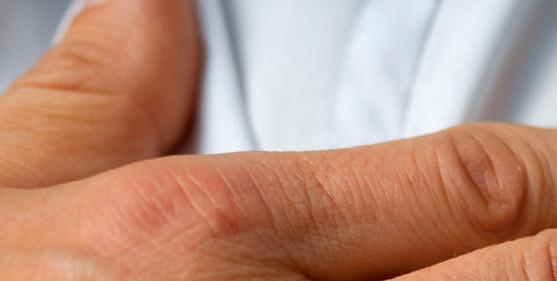




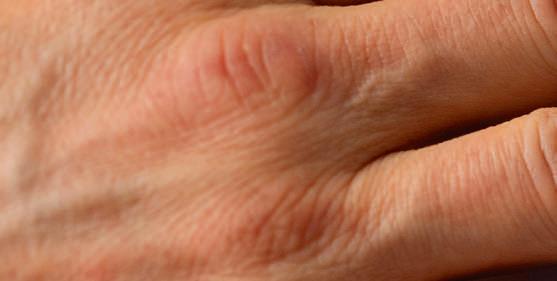



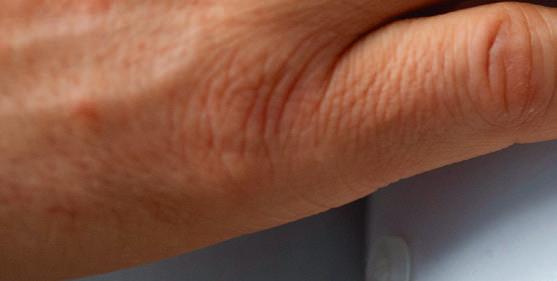







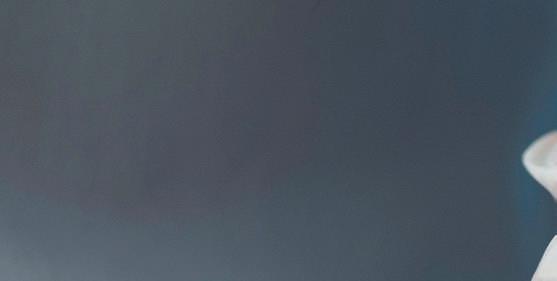

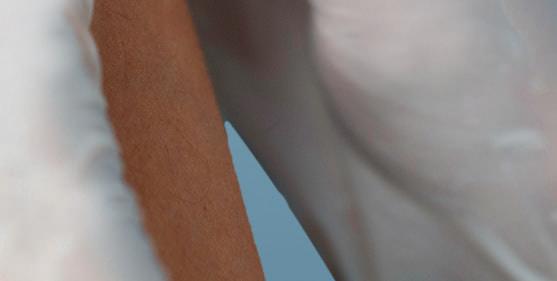



























 by Claudia Kirkwood
Story
Photos by Gina Turner
by Claudia Kirkwood
Story
Photos by Gina Turner
A “bittersweet” time, as Abby Gray explains, for she and her husband Reid when they were first told that a liver donor was found who could provide the organ transplant desperately needed by Reid. The donor, Clayton Sparks, twenty-four-year-old son of Beth and Larry Sparks of Willis, Texas, had just experienced

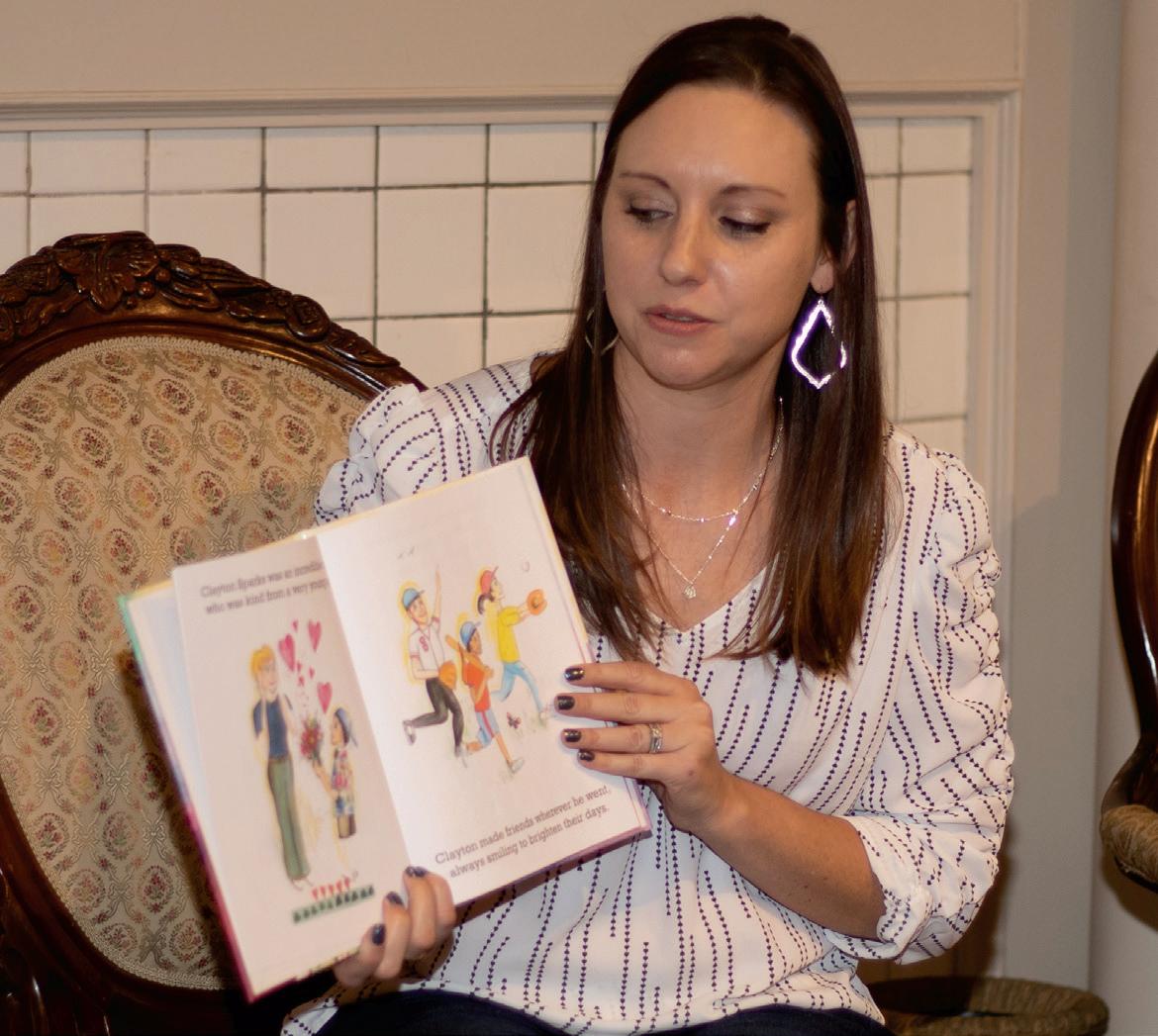
a devastating ski accident in Colorado and was a possible liver match for Reid who had been waiting for just under two anxious, yet hopeful, years for this news. Sometimes… many times…good things come at a price.
Born and raised in Huntsville, Abby married Reid in 2014, and as they were enjoying their

first wedded months together, now residents of Cypress, Texas, he became increasingly ill with symptoms that defied explanation. After a series of tests, it became clear Reid was suffering from Primary Sclerosing Cholangitis, a disease affecting the liver. Since there was no cure for the disease other than
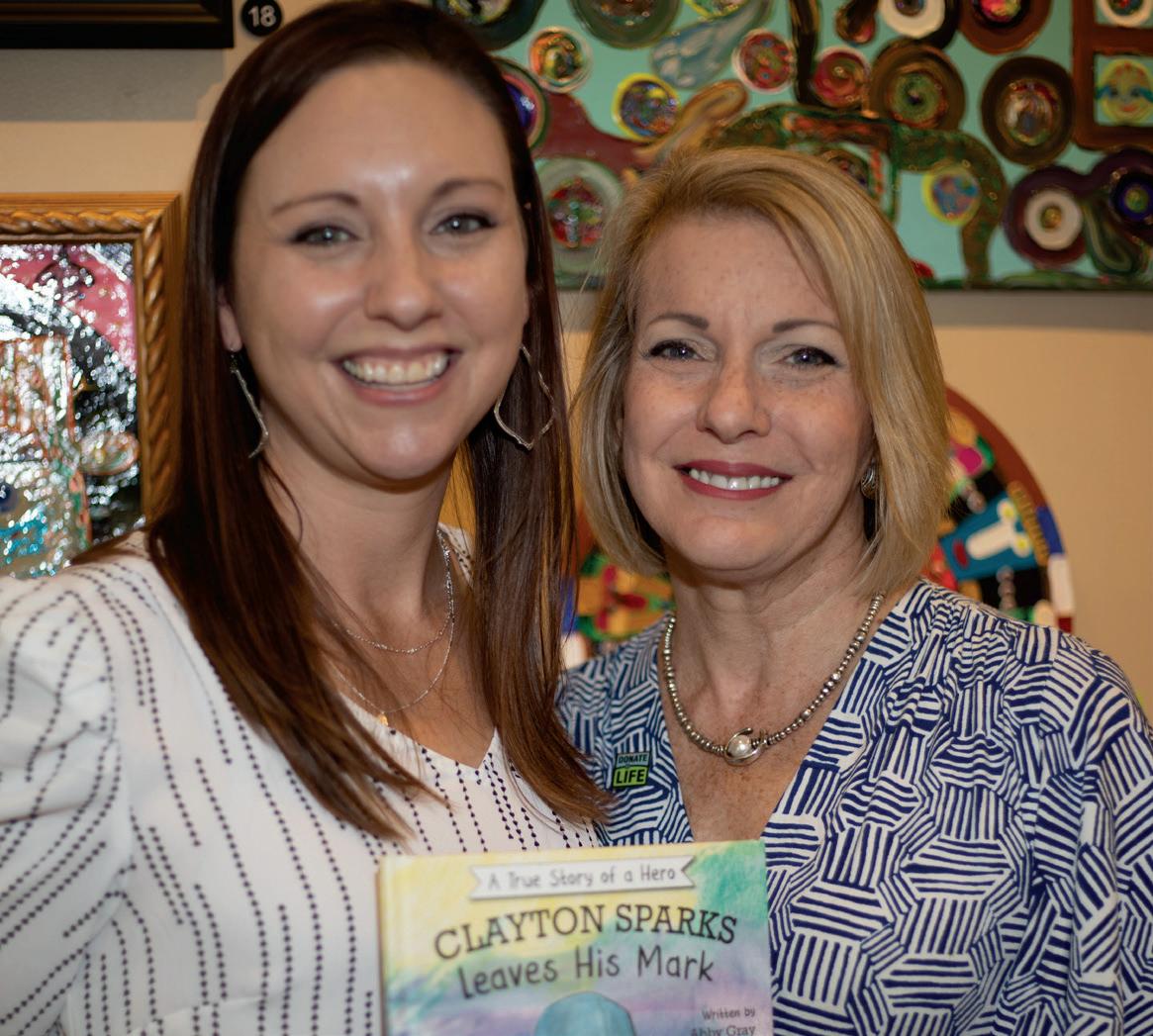
“As we were celebrating our new hope, someone else was mourning their loss.” Abby GrayAbby & Dee Everett
having a liver transplant, the wait was on. In the meantime, the couple, ready to start a family, suffered three miscarriages and had begun the process of in vitro fertilization. During these four years of miscarriages and in vitro cycles, Abby and Reid traveled all over the United States to register him at different transplant centers. As she relates, “Our support system of family and friends gave us strength and hope,” a statement fully endorsed by Reid. Their motto became, “Expect Miracles,” and the sale of shirts sporting these hope-filled words were sold to pay for expenses. Abby became an avid blogger as she related the ups and downs of the journey to her Facebook audience. “I kept saying that I don’t know how this will turn out, but it will be amazing,” and she adds, “I always expected him to be here so we could raise a family together, but it would take some miracles for this to happen. I was thirty-one and did not want to lose him or to be a childless widow.” She and family members routinely perused the internet for possible donor situations.
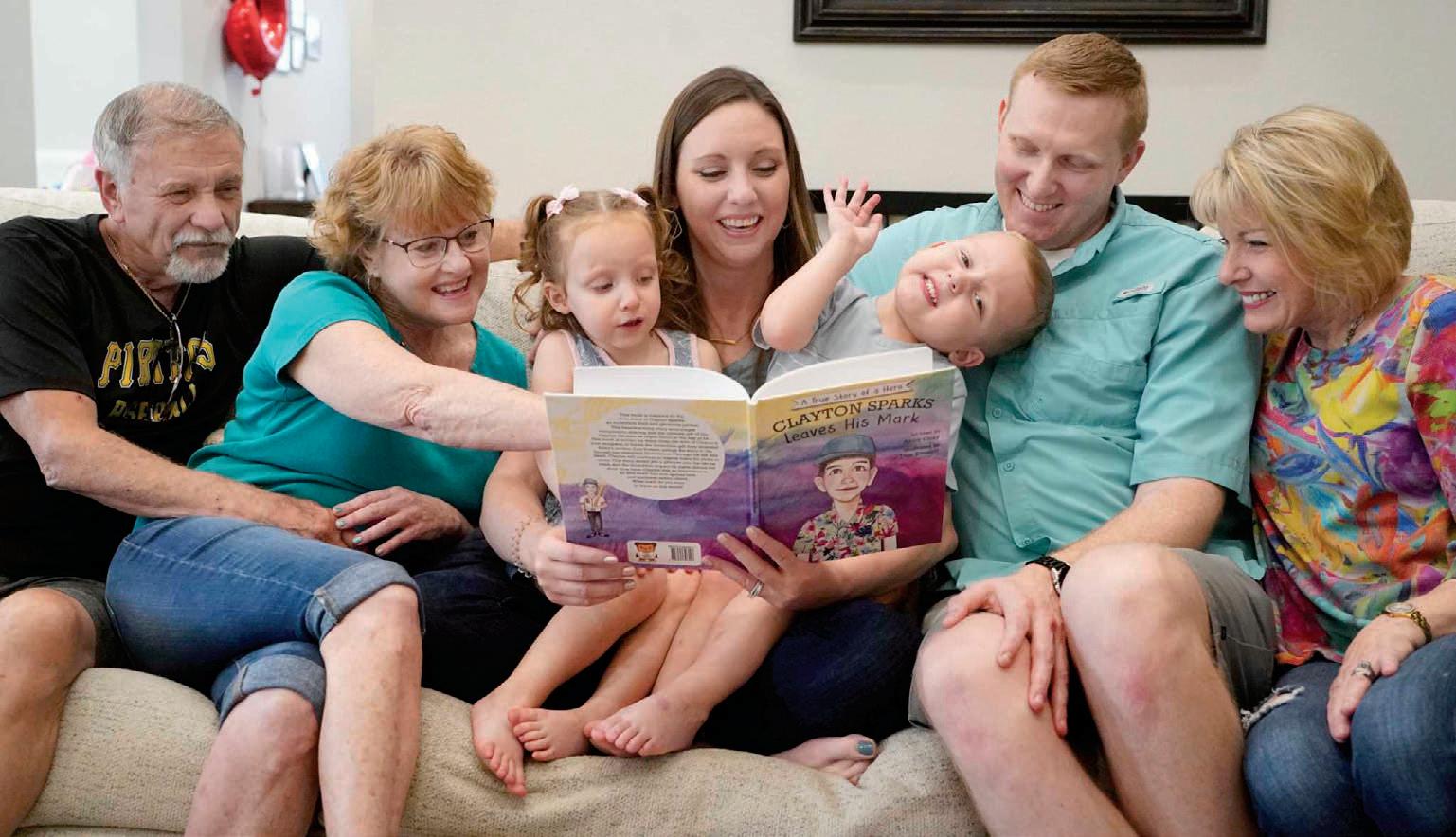
In January 2019, the much-anticipated call




came. Reid had been on the transplant list for just under two years, and Abby was in her twenty-first week of pregnancy. They were told to pack their bags. If everything worked out and all the tests were positive for a successful transplant, it would take place the following day. Their transplant team flew to Colorado that evening to retrieve the organ,
and a successful operation was performed in Houston the following day. As Reid expresses, “I’m incredibly grateful to everyone--to Clayton, his family, our support system--and to Abby. I didn’t realize I was as sick as I was. The situation became urgent before I realized the severity of it. I appreciate all the things people did for us before, during, and after.”
To commemorate the life and gift of Clayton Sparks, Abby has just published a book entitled, “CLAYTON SPARKS Leaves His Mark.” It was released on April 19, “World Liver Day.” Clayton was an exceptionally warm-hearted individual, and stories in the book relate several real-life examples of his kindness. It is written in an easy-to-understand style and filled with charming illustrations by Abby’s mother, Dee Everett. The original proof of the book was presented this past Christmas to Clayton’s parents, Beth and Larry. Abby gave birth to twins, Oliver and Kaylee, in April 2019, three months after the transplant. To honor the memory of Clayton, Reid and Abby--with the blessings of Beth and Larry--gave Oliver the middle name of Clayton. A strong and endearing bond has been formed between the families. The Sparks are treated as grandparents to the twins, and the children spend countless hours playing at their house. It’s a warm relationship, and Clayton would approve.
Clayton loved people. As a young boy, his family would visit a loved one at Bridgewood Farms, a daycare program for individuals with intellectual and developmental disabilities. At age seven, Clayton went into his parent’s room one night at bedtime and shared his concern that some of the individuals at Bridgewood Farms would not receive Christmas gifts. He wanted to buy gifts for everyone. His mother encouraged him to go to bed and they would come up with a solution later. His parents were surprised in the morning to find that Clayton had stayed up all night long writing notes to his friends asking them to bring gifts to school for this charitable cause. When Christmas arrived, Clayton dressed up as Santa Claus and lovingly distributed the gifts. Clayton continued to express this same kind of love and care for others throughout his brief life. He used to encourage his friends to share by saying, “You can’t take it with you when you’re gone.” Through the kindness of his parents, Clayton’s life has continued to bless others. “CLAYTON SPARKS Leaves His Mark” shares more about Clayton’s life and includes activities for children, teens, and families to develop empathy and discover ways to reach out and give to others. Again, Clayton would approve.
Abby now volunteers with LifeGift, a non-profit organization that supports organ donors and recipients. She also serves on the Board of Children’s Transplant Initiative. She has plans for a future book to document the entire journey that she and Reid traveled from diagnosis to transplant, and feels this will give encouragement to others as well as supply information on all aspects of the process. It will also acknowledge to friends and family their significant role in providing support to those in stress-filled situations.
For more information on Abby’s book, visit “CLAYTON SPARKS Leaves His Mark” on Facebook.
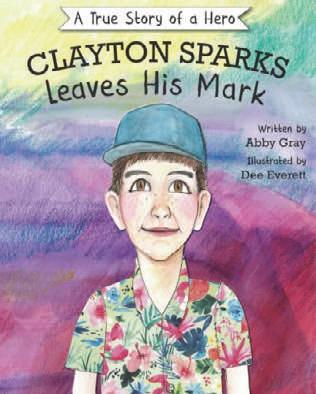
To purchase the book, go to https://www. claytonsparksbook.com.
To learn about organ and tissue donation, visit https://www.lifegift.org.
To donate to the Clayton Sparks Memorial Foundation, visit https:// www.facebook.com/Clayton SparksMemorialFoundation






 By: James M. Bright, Attorney at Law
By: James M. Bright, Attorney at Law

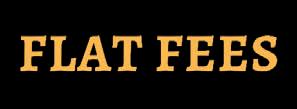

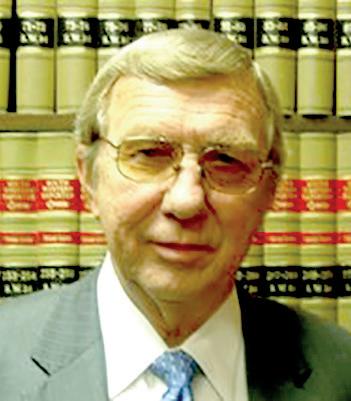
Testamentary springing trusts are so called because of the way that they come into being. As the name testamentary would imply, they do not come into being until after the date of death of the person establishing the trust, therefore, “testamentary.” It is springing because it doesn’t “spring” into existence until chosen conditions have occurred. Conditions precedent are established by the testator before his/her death usually through his/her will.
Conditions precedent can cover as wide a range of needs as the testator can envision, but normally the conditions are tied to particular benchmarks in the beneficiary’s life. Examples of common benchmarks are those linked to education or age, but certainly are not limited to only those factors.
Two nonexclusive examples of how testamentary springing trusts are used in an effective estate plan are as follows:
Children or Grandchildren -Testator wishes to make a gift to children or grandchildren, but does not want to make an outright gift until such time that the child or grandchild might be financially responsible enough to not waste the gift. In this case, the testator might wish to delay the gift until after his/her spouse has died, and the
child/grandchild has reached an age where it is calculated that they might be responsible enough to handle the inheritance.
The possible conditions precedent described in this example are: (1). Both you and your spouse have died; (2). Your child or grandchild is under the age that you have specified (i.e., 25, 30 or other age). If each of these conditions precedent has occurred, then a trust springs into being that will hold the inheritance until such time that all of the conditions precedent have been met. If those conditions are never met, then the testamentary springing trust does not come into being, and your estate passes free of trust to those persons who were named to be the beneficiaries.
For example, if the condition precedent is that the child or grandchild must have attained the age of thirty, and that child or grandchild is more than thirty years old at the time of your death, then the trust never “springs” into being, and the estate passes to the beneficiary free of trust.

It is also worthy of note that you can specify by instructions found in your will that the trustee is allowed to invade the trust for certain types of expenses. The types of expenses that this firm encounters most often are educational expense or health care, but can be as far-reaching as you as the testator may desire.

Estate size may dictate terms - For many people, the decision of whether to leave property in trust is dependent upon the value of property left in the estate at the time of their death. Obviously, not anyone knows exactly how much that might be due to unforeseen occurrences. This problem can easily be solved by making one of the conditions precedent something like, “If my estate is valued at more than $x, then the trust springs into being. If my estate is valued at less that $x, then my estate should pass directly to the beneficiaries, free of trust.”
Testamentary springing trusts are an extremely valuable and flexible tool in an estate plan and can very often avoid the onerous task of maintaining a revocable living trust. As always, you are encouraged to find an attorney of your choice to discuss these matters.
When the rising sun ignites the sheer walls of Zion Canyon, which soar up to 4,000 feet above the Virgin River, it’s easy to see why so many people are drawn to Zion National Park. Approximately five million visited the park in 2021, making it the second most-visited national park in America. People come from all over the world to view the park’s breathtaking beauty. A National Park Service study revealed that international visitors make up 25 percent of the park’s attendance. English is one of many languages spoken at Zion National Park.

The nearest major airport—Harry Reid International (formerly McCarran International) Airport in Las Vegas—is 170 miles from Zion National Park; Salt Lake City International Airport is 315 miles away. However, people are still willing to make the effort to visit Zion. The National Park Service study reported that about two-thirds of the area’s visitors listed Zion National Park as their primary reason for traveling to southern Utah.
It’s important to note that Zion, with 229 square miles within its boundaries, has been called the most crowded national park in America for its size, and there is a limited amount of parking inside the gates. When my husband Charlie and I visited in September



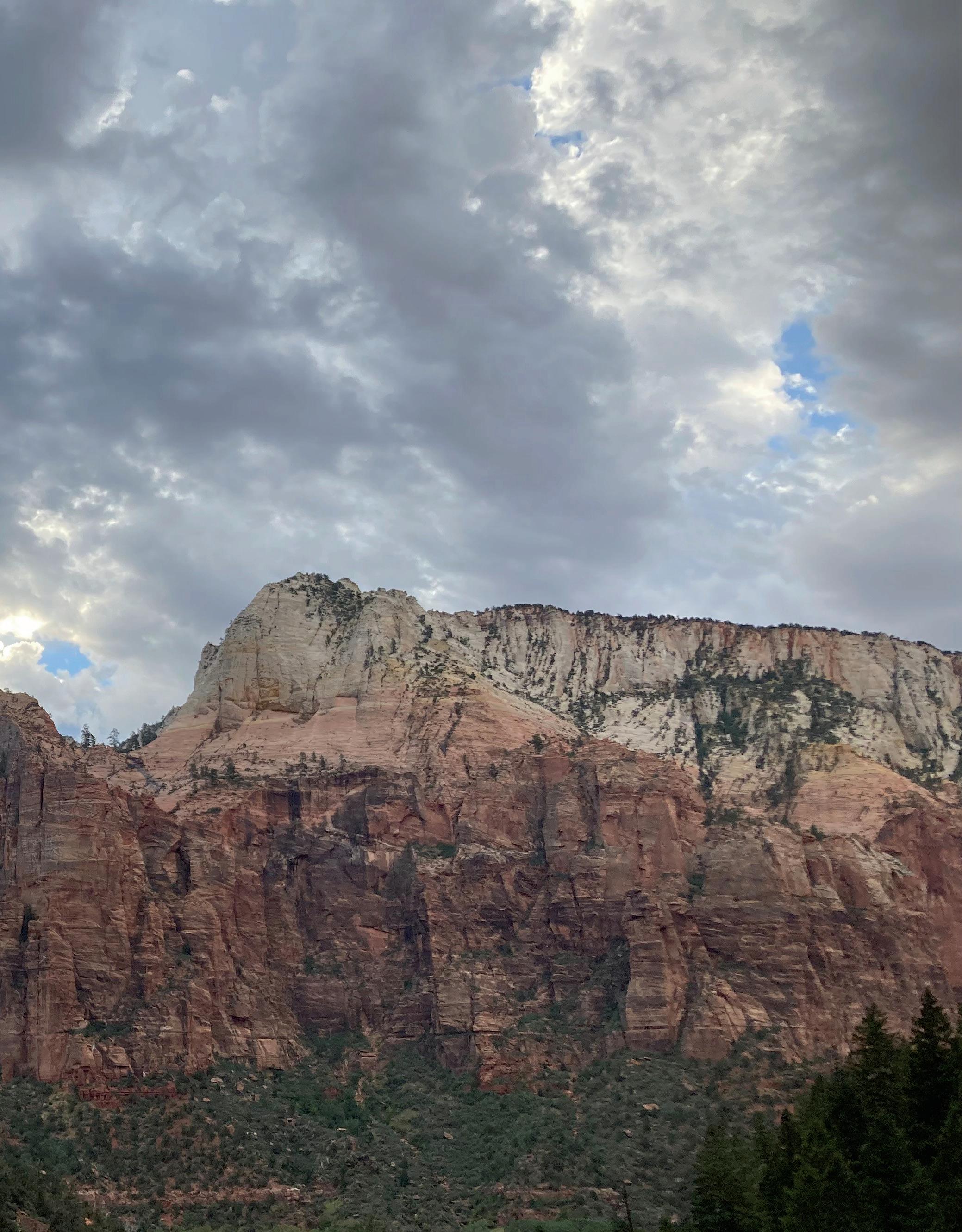
2022 to celebrate our 40th anniversary, we discovered it was an advantage to have our body clocks operating on Texas time. By arriving at the park each day at 6:30 a.m. (which felt like 7:30 to us), we were able to snag parking spots inside the park and get started on our day’s activities before most of the crowds arrived. When we left, our parking spots were quickly snapped up.
Lodging opportunities abound in the surrounding area, both near the park’s main gate and in towns a few miles away. Those who are willing to pay a bit more for ultimate convenience may want to stay in Springdale, Utah, which is situated right by the main entrance. Shuttles take passengers from various stops in Springdale to the main gate, where they can pay the entrance fee, check
out the Zion Visitor Center and pick up shuttles to stops along the park’s main scenic drive. Both the Springdale shuttles and the National Park Service’s shuttles within the park are provided to park visitors at no charge. Those staying in Springdale can leave their cars at their hotels; those staying outside Springdale pay for parking.
We soon learned to appreciate the shuttle buses inside the park. They operate continuously, and we never had to wait longer than five minutes for a bus to arrive. Since 2000, only shuttle buses are allowed on the main road, Zion Canyon Scenic Drive, from May through November. This reduces both traffic and vehicular noise in the canyon. There are many opportunities to enjoy the
grandeur of the canyon. Some people opt to ride shuttles and get off at stops along the way to enjoy the views. Others embark on hikes of varying length. Some trails are short, paved and wheelchair-accessible, while others are longer and have significant changes in elevation. Many trails allow hikers to see hidden pools, “hanging gardens” (plants growing on the canyon walls), waterfalls and an assortment of wildlife. We saw mule deer, turkeys, chipmunks and even a tarantula during our time in the park.


The two most renowned hikes in the park are also the most challenging and the most dangerous, so we opted out. We saw many people of all ages, however, who could not resist the challenge. The Narrows, found at
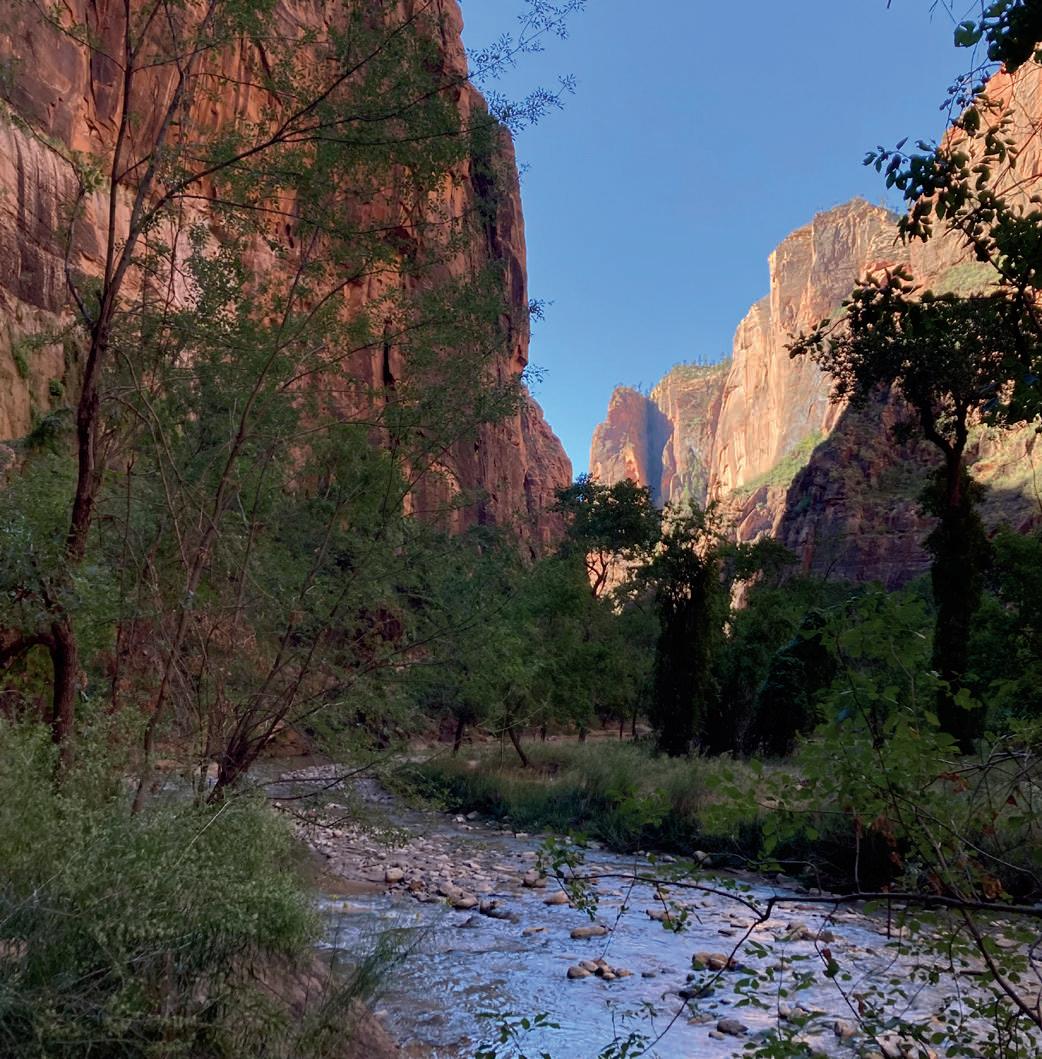

the end of a leisurely stroll along the banks of the Virgin River, begins where the canyon walls start to narrow as a result of a shift to more erosion-resistant stone. Adventurous hikers, many with rented water shoes and hiking poles, walk in the deepening river over slippery, uneven rocks to traverse The Narrows. In the area known as Wall Street, the canyon is only 20 to 30 feet wide, with sheer walls jutting 1,500 feet upward. Those who hike The Narrows report that it is an otherworldly experience.
A trip to the top of Angel’s Landing—a 5,790foot tall, fin-like rock formation—is the most dangerous hike in the park, and is, in fact, one of the deadliest hikes in America. Since 2000, 13 people have reportedly plunged over the cliff to their deaths. I’m told that in places, the trail is no wider than a sidewalk, and there
are no rails to stop people from falling off the cliffs; however, the National Park Service has installed sturdy chains along particularly precipitous parts of the trail. Crowds adversely affect safety, so beginning April 2022, visitors must obtain permits to hike to Angel’s Landing. Those who make it to the top must ascend 1,500 feet, but report a spectacular, 360-degree view.
To avoid crowds, Charlie and I decided to spend one of our days in the Kolob Canyons section of Zion National Park, which was no farther from our charming Airbnb cottage in Hurricane, Utah, than the main park. We were rewarded with stunning views of brick-red canyon walls and mountains in the distance. Although Zion Canyon is known for being more dramatic, we found Kolob Canyons to be a worthwhile side trip.

Although Capitol Reef, Canyonlands and Arches national parks are farther east, Bryce Canyon National Park is only about a 90-minute drive from Zion. Many people, therefore, visit both parks while they’re in southern Utah. To get to Bryce Canyon, travelers go east on Highway 9 inside Zion National Park, taking a 1.1-mile tunnel that was blasted through the rock to provide a link between Zion, Bryce Canyon and Grand Canyon national parks. When it was completed in 1930, it was the longest tunnel of its type in the U.S. For safety, RVs and other oversize vehicles pay a fee to go through the tunnel, and traffic then becomes temporarily one-way. Unfortunately, this adds time to the commute for all travelers. Although geographically close, Bryce Canyon is geologically different from Zion Canyon, with thousands of hoodoos, formed by the erosion of larger rocks. Some reminded me of castles, while others look strangely human. At points overlooking Bryce Amphitheater, visitors can see how the Silent City got its name. It’s also apparent why Ebenezer Bryce, a rancher and owner of the eponymous canyon, once remarked, “Hell of a place to lose a cow.”
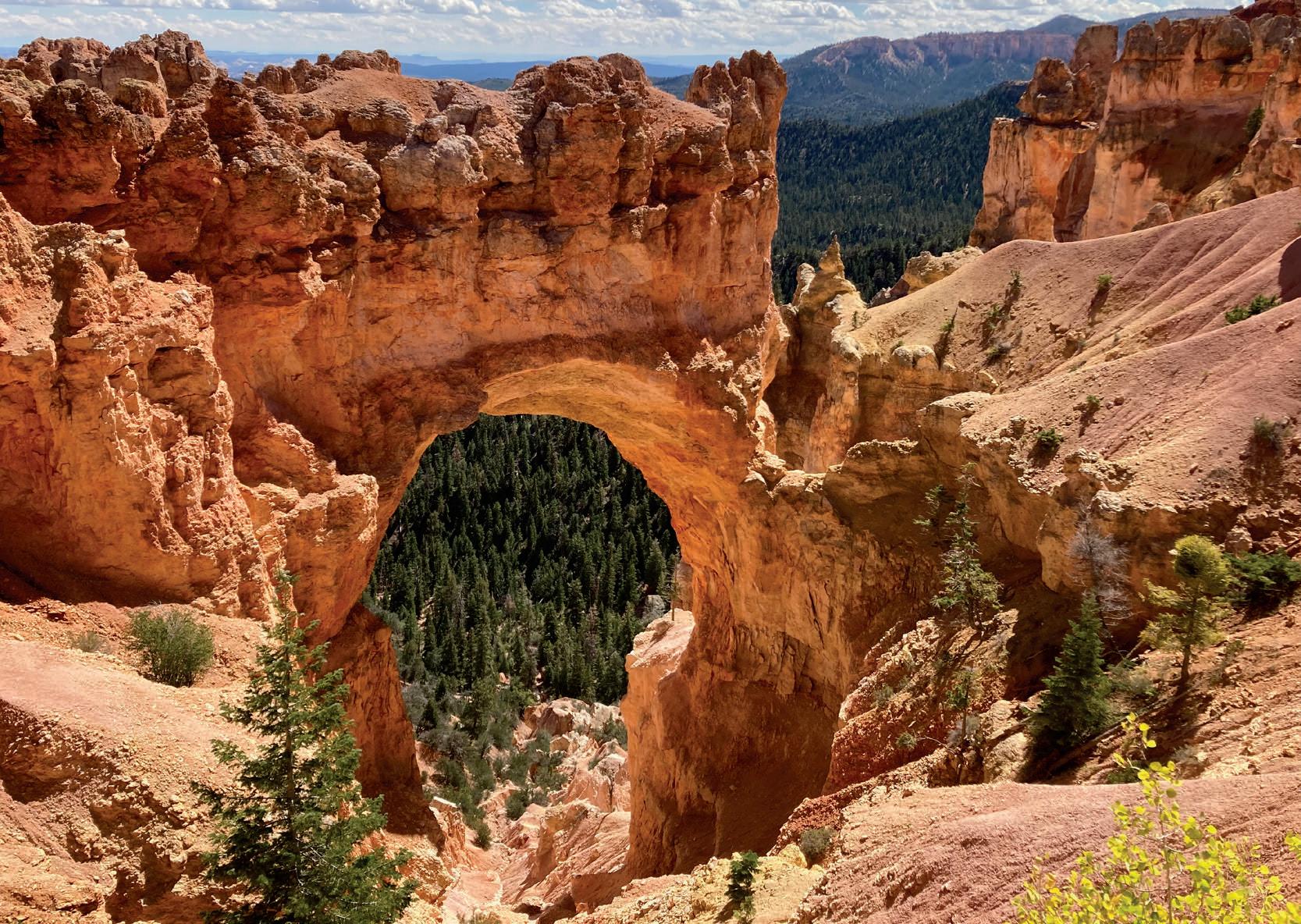

Charlie and I took the advice of our Lonely Planet guidebook and drove the entire length of Bryce Canyon’s main road and arrived at the south end, Rainbow Point (elevation 9,115) around lunchtime. There, we took in a seemingly endless view of the canyon floor, with mountains extending well into the distance. After a few photos and a picnic among beautiful bristlecone pine trees, we began the drive back. The guidebook was worth its purchase price for noting that all the scenic pullouts are on the right side of the road when traveling back toward the Bryce Canyon Visitor Center. We saw many of the same people at each stop! We were disappointed to discover a full parking lot near the flagship sites overlooking Bryce Amphitheater, but we drove the short distance back to the main gate, found a parking spot and loaded a shuttle. The shuttle buses go no farther into the park than the amphitheater, so we were glad we had driven to the more southern parts of Bryce Canyon National Park, including a spot overlooking the stunning Natural Bridge.
I confess that, before our trip, I underestimated these two magnificent national parks. However, both provided jaw-dropping views, agreeable weather, and scenic hikes. Visiting this spectacularly beautiful part of the country was an unforgettable experience. For more information, visit nps.gov/zion and nps.gov/brca.

Welcome back to the Dear Gabby advice column. Happy New Year! We’re always lamenting how fast time passes, but a wise man once said, “The bad news is time flies. The good news is you’re the pilot.” You have to love that attitude! People have asked me about New Year’s Resolutions, but I haven’t told Dud what his resolutions are yet. I’m assigning them to him… because last year, I made too many for myself. It took me almost a whole day to break them all. Drop me a line to Dear Gabby at PostcardsLive. com and have a safe and happy 2023!

I am so thankful that the Medical Insurance commercials are over! If only the prescription medication commercials would go away. My doctor probably knows more about the medications I need than a person who’s “not a doctor, but plays one on television.” And what’s with these product mascots, anyway? Give me a break!
CRABBYGeckos and tigers and emus, oh my! Crabby and Gabby, is it? We may very well be related. The age demographic of the average Facebook user is now trending toward Meta-mucil. We don’t appreciate our nightly television entertainment interrupted by Mr. Mucus, the “anywhere” anti-perspirant lady threatening to demonstrate, and has-been athletes promoting their energy product to the hubby and winking that “She’ll like it, too. I am not interested in anyone else’s va va voom, and I certainly don’t want to smell anyone’s drawers, no matter what brand of detergent they smell like.
GABBYCONFIDENTIAL TO “MAKING A WILL”: Here’s my suggestion. Being of sound mind, I spent all the money.


 By Patti Callahan
By Patti Callahan









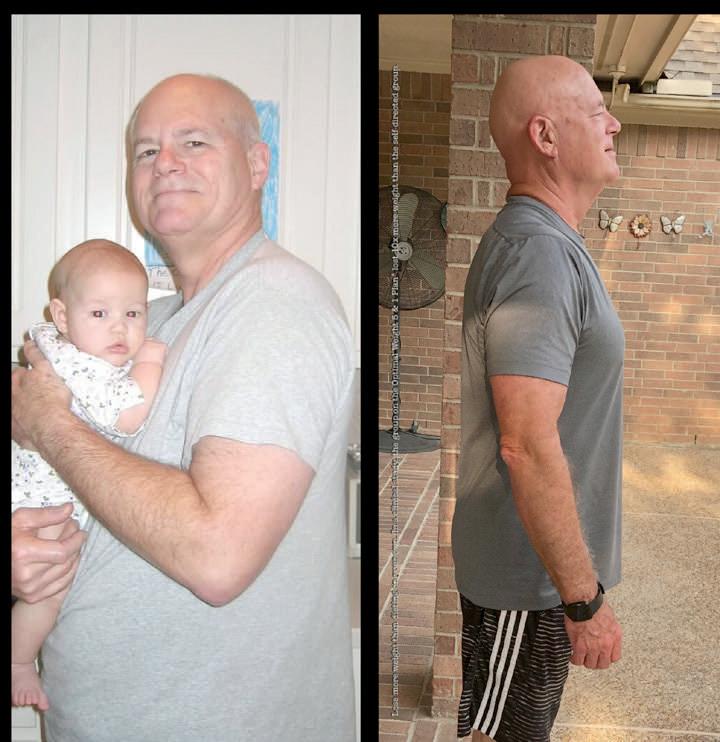



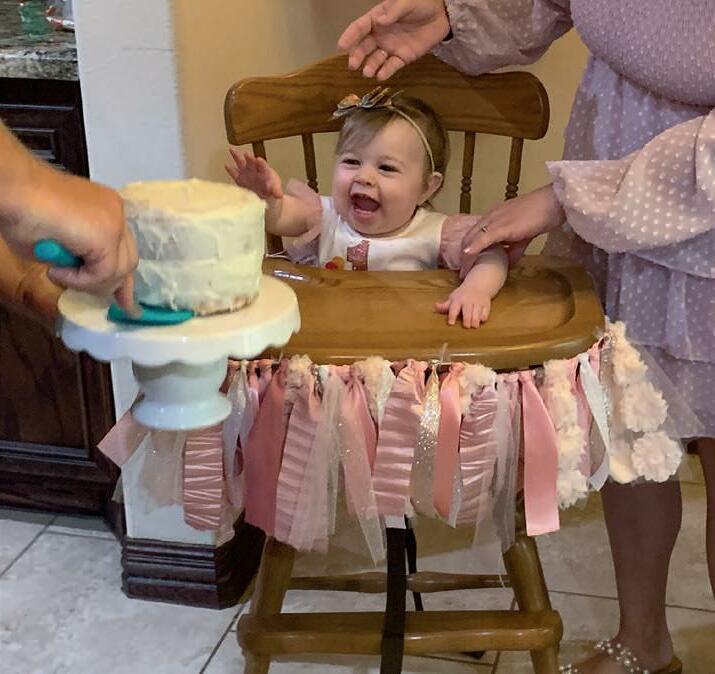

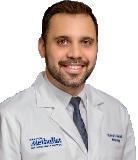


Word games and puzzles aren’t just a source of entertainment. They also bring a sense of accomplishment if you complete a challenging one. Some may argue that no board game collection is complete without Scrabble, and newspapers have included crossword puzzles for decades.
But could word games be a form of exercise for your brain, helping it stay healthy and young by regularly challenging it?
“Studies haven’t shown that word games have any substantial impact on preventing memory lost or dementia, but I definitely recommend word games, puzzles, or other thought-provoking activities over watching TV,” said Dr. Yuvraj Heir, a neurologist at Houston Methodist The Woodlands Hospital. “Anything that challenges your mind or memory is healthy.”
Your brain also benefits from physical exercise
While exercising your mind may not have known benefits to your brain health, Heir adds that there are steps you can take between games to help keep your brain young as you age.
“Studies consistently show us that physical activity is incredibly beneficial for the brain,”
Heir said. “It can improve cognition, memory, and sleep, as well as reduce anxiety and depression — all things that promote brain health.”

People who make exercise a habit also have a reduced risk of dementia. In fact, one study found that people who are inactive are almost twice as likely to experience subjective cognitive decline worsening or more frequent confusion or memory loss — as those who exercise regularly.
Habitual exercise is also known to reduce a person’s risk of stroke, when blood flow to the brain is blocked. Stroke can cause brain damage in just minutes and is one of the leading causes of death in the U.S.
“Your heart supplies your brain with blood, so keeping your brain young also means keeping your heart and blood vessels healthy,” Heir said.
3 expert tips for keeping your brain young
If your goal is to take steps to benefit your brain health, Heir has some specific advice:
• Make exercise a habit – Aim to get about 150 minutes of moderate physical activity per week, but know that even just getting 10 more minutes makes a difference.
• Eat healthy – Minimize processed foods, added sugars, unhealthy fats. Prioritize eating healthy portions of whole foods (vegetables, lean proteins, whole grains, healthy fats).
• Focus on mental health – Strive to keep a positive, optimistic outlook, take steps to reduce unnecessary stress, and don’t ignore the signs of anxiety or depression.

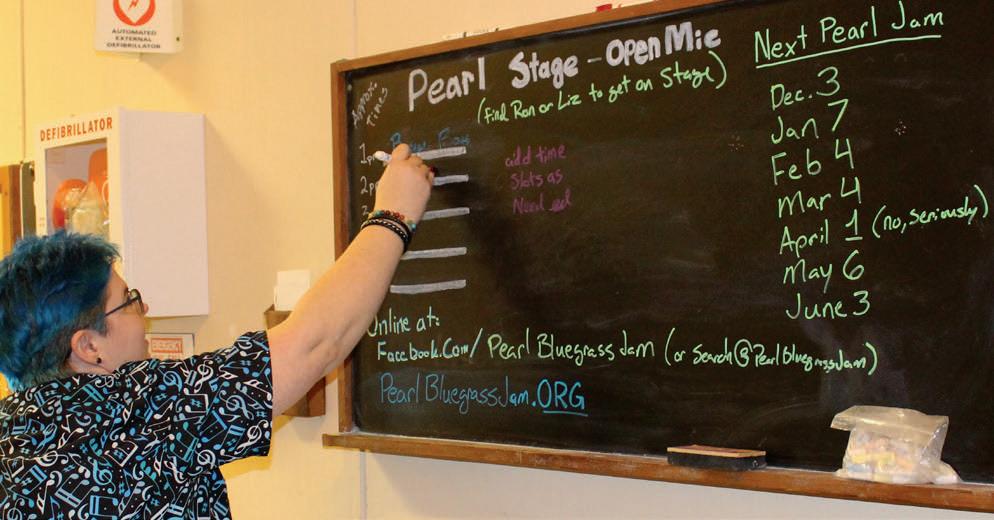




The RVs start arriving on Friday. On Saturday morning, the cars trickle in from around the state, and by afternoon, the parking lot at the Pearl Community Center is packed. It is the weekend of the Pearl Bluegrass Jam, held on the first Saturday of every month (except September, when it’s on the second Saturday). The bluegrass jam is a 25-year-old tradition
in Pearl, a community right on the edge of the Texas Hill Country, about 20 miles from Gatesville. Pearl is so small, it has no post office, traffic lights, gas stations or stores. The native-stone Pearl Community Center— once a four-room schoolhouse—supplies the heartbeat of the community. In fact, the Pearl Bluegrass Jam began as a fundraiser to provide for the upkeep of the iconic building, which
and now the president of Pearl Community Center. “October of 1997 was our first one,” he says.

When musicians and fans attended, volunteers recorded their contact information so they could be invited to future jams. Soon, the event began to grow. “I would get telephone calls 24 hours a day from people wanting to come,” Ronald says. The Pearl Community Center added an RV hookup, but it quickly became apparent that one hookup was


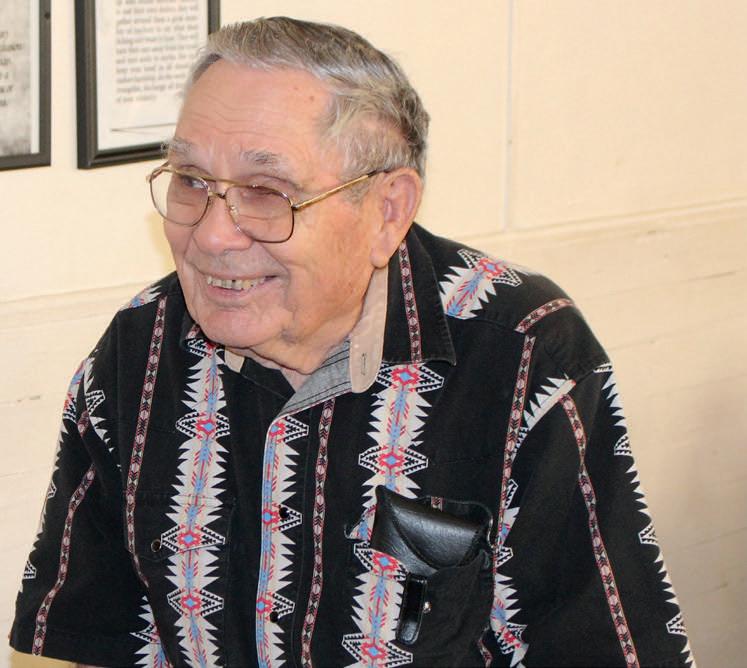






insufficient. Today, there are 32 RV hookups for attendees. (Some RVers use the hookups even when it’s not a jam weekend.)
Musicians from many parts of Texas, Oklahoma, and New Mexico have performed. “And we had one guy fly up here from California, remember?” says Bettie Blakley, the community center’s treasurer. “They come from everywhere,” Ronald says. “They should have a bus for everybody from Wimberley and Austin.” Once, some people from Germany attended the jam while they were visiting family in the area.
Some of the musicians—playing guitar, banjo, mandolin, violin, stand-up bass and Dobro (an acoustic version of the steel guitar)—find others to play with when they arrive. “I have seen them not even know each other and put on the best performance you have ever seen in your life,” Ronald says. Others, such as House Arrest, come as groups, says Guy Mathews, who lives in Temple. “We used to be the Lone Man Mountain Boys, but most of them have gone on to their reward,” he says. Guy has been attending the Pearl Bluegrass Jam for about 20 years. “People knew I liked to play music, and they told me about it. They said,
‘You need to go to Pearl.’ When I first came, it was really just kind of a local-folks thing,” he says, “but now people come from all over.”


At each jam, there is an open mic event, and at its heyday (before the pandemic forced a oneyear hiatus), the community center auditorium was packed to overflowing. “We finally got to where we would have 300 people,” Ronald says, noting that the building has seating for 275. “People were lined up around the wall listening to certain bands—besides four rooms with musicians, and people listening to them, and under the sheds in fair weather.”
There is no entrance fee to the jam. Money is made from donations, RV hookups, and the sale of food (like pulled pork sandwiches, chili, beans, cornbread, and pie) and souvenirs (including caps and T-shirts). “The food is always great,” says Guy. “It’s all homemade!” Bettie boasts. The people who make the jam happen each month are all volunteers. “It’s people from everywhere—people who are interested in keeping the bluegrass going,” Bettie says. She and her twin sister, Minnie Wright—two of the 11 graduates of Pearl High School in 1956—volunteer in the kitchen on jam weekends.
“You couldn’t get one person in one hundred miles to tell you what bluegrass is,” Ronald maintains. “We’ve had country western and a lot of gospel. One man used to play Elvis Presley songs.” Most, however, agree that bluegrass music is acoustic, so the Pearl Bluegrass Jam does not allow electrification or amplifiers. Bluegrass musicians are often known as “pickers,” and their picking is impressive. “Some have played professionally,” he says. “They would rather play here than travel all over the U.S.”
In one jam room, as an impromptu group pauses to retune, another musician approaches. “Do you know ‘Kentucky Girl’ in the key of G, like gee whiz?” he asks. The musicians—people from their 20s to their 70s—begin to play, and the man starts to sing. “Kentucky girl, are you lonesome tonight. . .” When the song is over, he asks, “What about ‘Girl from West Virginia’ in G? Can y’all do that? ‘She told me that her name was Jenny. . .’ In G, then A minor and back to C.” Another musician says, “OK, I’ll pick it up.” And he does. When the vocalist begins to sing, another joins in to harmonize.


The musicians seem to instinctively know when it’s time for a fiddle or banjo interlude. As the musicians continue to play, more people come into the room to listen. The scene is repeated in the other jam rooms and lasts all day.

One jam room features “slow jam,” a hodgepodge of young musicians. “Everybody is here to play and learn and support one another on that journey,” says Chris Ray, the vice-president of Pearl Community Center. “The older ones are great to share with them,” agrees Guy. In one jam room, there are framed photographs of young musicians who have gone on to play professionally.
One picker and his wife often travel over 100 miles, sometimes pulling their RV and sometimes for day trips, to pick with the bluegrass musicians at Pearl and to listen to others play. They first heard about the event in 2014--and the picker, who grew up playing guitar with his father, a mandolin player, was intrigued. “I went to play, figuring I could just hang with these guys, and they handed me my head,” he says, laughing. “I was not the musician I thought I was. There are all kinds of levels of skill: beginners, wannabes, and then you’ve got world-class musicians that have played professionally. They don’t do it for the money; they still have that fire deep inside to play. Other bluegrass venues have tried to figure out how Pearl has made it.”
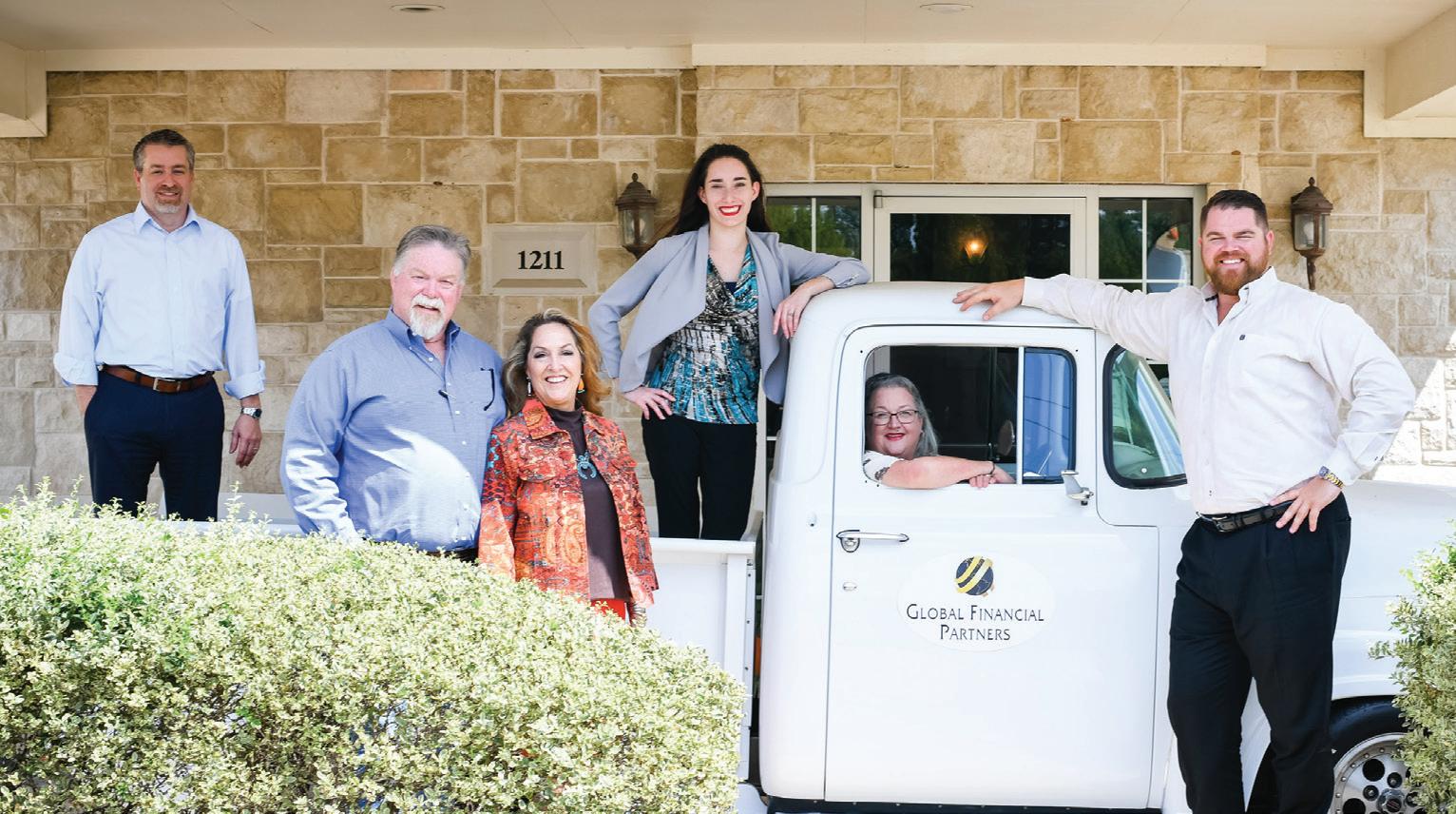
As the day progresses, many attendees enjoy the homemade food. Others browse among the thousands of titles at the adjacent Pearl Book Cottage, a native-stone building that was once a teacherage. Some purchase crafts from local vendors; many engage in animated conversation. Meanwhile, the music never stops. “It has a family-friendly atmosphere,” Chris says. “The music is the biggest draw, but it’s not just the music. There’s the bookstore, and vendors come in. People come to participate, to listen or to shop. There’s something for everybody.”
The small-town atmosphere is contagious, and many people vow to come again next month. Bettie knows why. “There’s no place like Pearl,” she says.
For more information, visit facebook.






Do dirty teeth really cause overall issues for your pet’s general health? Poor oral health has been linked to other issues such as diabetes and heart disease. Dental disease, also known as periodontal disease, can present in several forms. The mildest form is associated with gingivitis (inflammation of the gums); more severe forms manifest as tooth root abscesses, bone infections of the jaw, and can even lead to fractures of the jaw.
Since periodontal disease starts under the gumline with plaque (which is made up of bacteria), your pet’s immune system is incited, and an inflammatory response ensues. This is the beginning of gingivitis. The body is trying to heal itself by producing the inflammatory response to kill the bacteria; however, this response also destroys tissues in the process. In fact, the majority of tissue destruction associated with dental disease is caused by your pet’s own immune system--not by the actual
degradation products of the bacteria itself. This can lead to local tissue loss, pain, and infection of surrounding tissue. Reducing inflammation can have a profound impact on your pet’s health, since it decreases the amount of work the body has to do to fight infection.
Diabetic cases tend to have higher levels of periodontal disease. The two conditions feed on each other in a vicious cycle. Other organs/systems affected are the heart and liver. These two are especially prone to developing inflammation from dental disease. The risk of endocarditis is about 6 times higher in dogs with stage three periodontal disease compared to those without.
Pain, even if unnoticed, will also resolve. Animals rarely show signs they are in pain. It can be easy to avoid biting with a painful tooth, since appetite is such a strong drive for animals. We see many owners frequently comment “they
are just like a puppy again” after dental care is provided.
Signs of dental troubles don’t always show up in every case. Not every animal displays drooling, a lack of appetite, or swelling and bleeding. A solid oral hygiene regimen needs to be maintained to effectively prevent these conditions. This should include a regular teeth cleaning and more thorough evaluation, including dental radiographs and a full tooth-by-tooth exam. The Veterinary Oral Health Council lists foods, treats, chews, toothpastes, sprays, gels, powders, wipes, toothbrushes and water additives that have been scientifically tested and are approved for dogs and cats.
The best way to minimize systemic damage associated with dental disease is to proactively prevent and treat. Your pet’s oral hygiene is about much more than clean teeth and fresh breath; it’s a health issue.





A garden is not complete until winter bulbs have been planted. Planting winter bulbs in southeast Texas is something you do not hear much about. Why?

Shorter blooming time, and the fact that most must be planted yearly as annuals in our area, often answer the question. Several varieties “naturalize” and return for decades with no care other than God’s grace.
It is easy to spot an old homestead in mid-February--just find the large groups of blooming narcissi or daffodils growing randomly in a field and there is a good bet they have been growing for a century.
Let us begin with a few basics. Bulbs, corms, rhizomes are comparable to large seeds and have everything the plant needs to live and produce inside the bulb.
Winter bulbs are sun lovers and will require a light, rich soil with excellent drainage. Bulbs will rot in waterlogged soil, can be grown just as easily in a container, and most can be “forced” into bloom early.
Bulbs are grouped into two categories: winter and spring bulbs. Winter bulbs often require prior chilling time (like
fruit trees) to bloom and do their best. Tulips, crocus, and muscari fall into this group and will require a minimum of 6 weeks of temperatures between 40 and 50 degrees, but not below freezing. For this reason, these are purchased beginning in November and refrigerated, not frozen (and do not store with apples…the bulbs will rot).
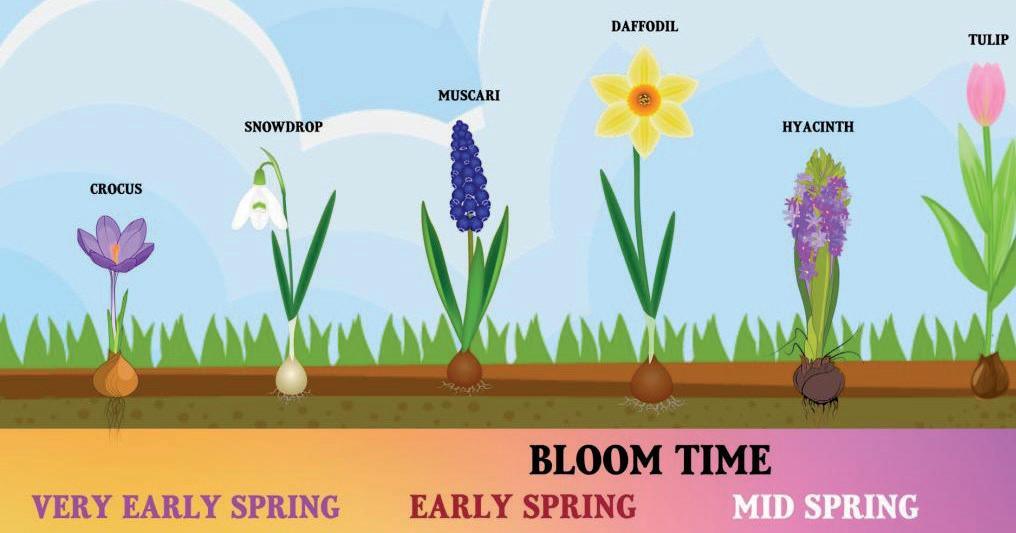
Some garden centers have prechilled bulbs, which will bring the 8-10 week period of chilling to a max of 4-6 weeks of chilling. Why would anyone go to this much trouble? Because the bulbs are stunning when they bloom. A few area gardeners plant their tulips religiously every year, and the display is traffic stopping, even if it is for only 3-4 weeks.
The second group of winter bulbs does not require pre-chilling and can be planted through March
with great results. Paperwhites (narcissi), daffodils, crocus, hyacinths, and amaryllis (the queen of bulbs) are bulb varieties that will naturalize and grow well. Deer tend to stay clear of narcissi and daffodils due to their heavy fragrance, although the remaining varieties are a buffet.


Independent garden centers will carry the best varieties for your area. Do not forget to fertilize with bulb booster (generally a tablespoon under each bulb at planting) or bone meal 0-10-0 (both are organic).
Keep in mind winter bulbs thrive in late winter temperatures of 45-78 degrees and will not tolerate extended heat above 85 degrees. The recorded rule of thumb is to plant by November-but through decades of trial and error, I have found southeast Texas can produce heavy rains in November through December, so January/February planting is a better bet!

Ingredients
6 oz frozen puff pastry
1 slice bacon, cut in half
8 oz ground beef
salt and black pepper to taste cayenne pepper to taste ½ oz sharp Cheddar cheese
1 large egg
Directions

Step 1: Place bacon in a large cold skillet and cook over medium-high heat, turning occasionally, until evenly browned, about 10 minutes. Drain bacon slices on paper towels. Drain bacon fat and wipe the pan, but do not clean completely.
Step 2: Shape ground beef into a patty that is about 1 inch thick by 4 1/4
inches in diameter. Season well with salt, pepper, and cayenne. Sear seasoned burger on high in the skillet for 2 minutes per side. Move the burger to a plate and transfer into a refrigerator to cool.
Step 3: Remove a sheet of puff pastry from the freezer. Roll the pastry to 1/8 inch thick. Cut out a 5 1/4 to 5 1/2 inch round circle of dough for the bottom. Cut out a 7 1/4 to 7 1/2-inch round circle of dough for the top. Place the dough on a sheet pan, and put in the freezer until firm.
Step 4: Cut a small hole into the middle of the top piece (to function as a vent), and lightly score the surface of the pastry with the tip of a knife, but do not cut all the way through. Place the top piece in the fridge to keep cold.
Step 5: Take the bottom pastry on the pan from the freezer and top with burger, bacon, and cheese. Beat egg with 1 teaspoon water in a small bowl and brush the edges with the egg wash. Place the top pastry piece over the fillings. As dough warms and softens, press the top edges into the bottom piece edges and seal tightly. The bottom edge of dough can be rolled up and over top of the pastry to finish the seal. Place in the fridge until well chilled, about 20 minutes.
Step 6: Preheat the oven to 450 degrees. Crimp the edge of the pastry with a fork, and egg wash the top surface. Bake in the preheated oven until nicely browned, 20 to 22 minutes. Transfer to a cooling rack and allow to sit for about 5 minutes before serving.
cashews, almonds, etc.) 1 cup fresh basil 1 cup baby spinach 2 Tbs nutritional yeast salt and freshly ground black pepper to taste
Directions
Step 1: Place the cabbage, cucumbers, and green onions in a large bowl. Set aside.
Step 1: Add garlic, shallot, lemon juice, chives, oil, vinegar, nuts, basil, spinach and yeast to the bowl of a food processor and blend, scraping down the sides occasionally, until smooth, about 1 minute.
Step 1: Pour dressing over cabbage and toss until well-combined. Season with salt and pepper, to taste.

If you don’t have nutritional yeast, substitute with equal parts grated Parmesan cheese.









A friend’s before-and-after photos detailing a dramatic, life-changing weight loss was the driving force behind Jan Nell’s decision to pursue her current career as an independent health coach.
The 56-year-old former school principal is helping people lose weight and keep it off through a program that emphasizes change not only in body, but in mind. Nell said she most enjoys is to really focus on the client, and begin their journey…

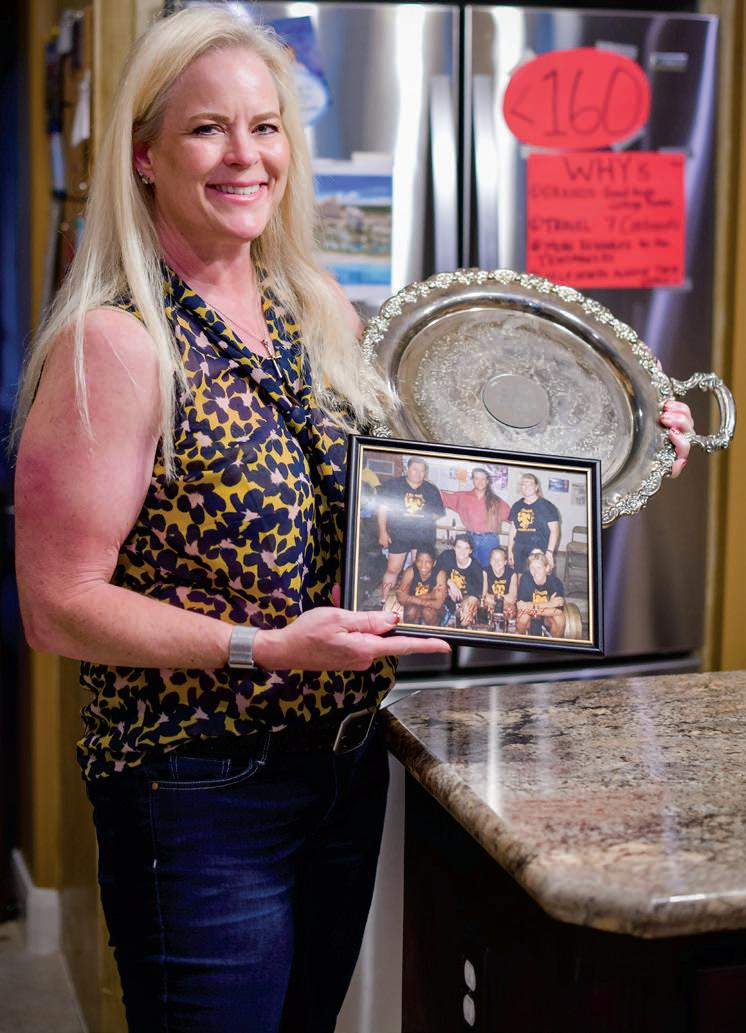
“It’s not high pressure, because the last thing I want is for someone to start our program and not be ready,” she said. “I want to have a chance to get to know what their goals are, to get to know them before we talk about what we have to offer.”

Wanting to change, and seeing her friend’s success, was what spurred Nell’s decision — that and trying many other plans and programs and not getting the desired results.
“She was a friend I trusted, she was somebody who had a lot of integrity, and she lost 50 pounds,” she said. “I never thought she needed to lose 50 pounds, but I just knew that if she was promoting a program, it was good, the real deal.”
Nell’s background made her a perfect fit for this work; she has a degree in kinesiology, the study of the mechanics of body movement — essentially a pre-med field of study. She then became a teacher and a coach for nine years, before moving into school administration.
“I coached volleyball and basketball and track,” she said. “I also was a power lifter for the University of Texas, achieved the rank of second in nationals. I have a health background.”
Settling on this discipline was easy, Nell said, because, simply, it works. “I dropped 45 pounds in 5 ½ months, and I’ve kept it off,” she said. “As a woman in her 50s, that’s very difficult to do. I was pushing into body weight I had not seen since high school, and it felt good. That is great for a busy mom with a demanding career.”
The program she chose ultimately needed to be simple, effective, and one that would keep her and her clients from falling to typical traps associated with weight loss.
“I stopped going to bed hungry,” Nell said. “I had done everything else; I had done the quick weight loss programs, and I was hungry when I went to bed. I remember thinking ‘this is not sustainable.’”
Those types of programs work in the short-term, but Nell said they will never be good over time, which is
why her current program’s concept is impressive.

“I was not morbidly obese, and I never entertained doing bariatric or lap band surgery, things people do, because most people after five years have gained all their weight back,” she said. The effect of shelling out that money and eventually failing is mentally detrimental, so Nell said the best approach is to change the mindset.
“It can’t just be about the mechanics of food,” she said. “It has to be more than that. It is about the mindset, the body spirit. That’s what’s going to work, and that’s what impresses me about this program.” Nell said the process starts with a health assessment — finding out what the health goals are — but also find out “what your ‘why’ is,” the driving force behind the need for weight loss and lifestyle changes.
“It takes a while to get that out of people; you have to keep asking,” she said. The process is rooted in the psychological, with attention to the mechanical. There also are questions regarding health issues, medications, current diet and eating habits, liquid consumption, and, of course, weight loss goals. “Those answers will determine the program they go on,” Nell said. “We deal with the mechanics of food, we have webinars with a network of other coaches, and have professional dieticians on hand. Then we work on habits, because in the end, whatever habits we establish make this doable, so we don’t yo-yo for the rest of our lives, which is huge.”
In a nutshell, you have to work on the mindset to be successful in losing — and maintaining — weight, Nell said. One must be ready and open to healthy change.
“Sometimes, it can be painful to let go of things, but that’s what we work on for weeks,” she said.
“We then utilize a book that will direct the mind shift crucial to success,” she said. “Journaling to
work
things, such as what are eating triggers and what good nutrition looks like.”
The book takes about a year to go through; it has 26 elements, with each element taking anywhere from one to three weeks to complete. It helps replace bad habits — cues which trigger eating — with healthier alternatives.
“We focus a lot on the whys, but still look at the whats and the hows,” she said. “The program does include restrictions; one of the big bugaboos is alcohol. People are reluctant to let go of their beer, their wine, even for a short period of time.”
The program also has either meal replacements or recipes, whichever is convenient.

“In the beginning, we tell clients to forget about exercising, because it is too much,” she said. “We focus on lifestyle change, without adding the whole barn. The most important thing is getting the nutrition under control, getting small victories on the scale to get to feeling better. When we get to that point, after about three to four weeks, we start adding some physical aspects, mild things like yoga or walking. You can do the high intensity
workouts, but why? At 56, it’s not feasible for me.” The key is to find something that you enjoy, something that can be done for a lifetime, Nell said.

Once in the program, clients stay with it, and in turn, help others with their journey. “We have a closed community page where clients post their victories,” she said. Once clients hit their targets, Nell said they transition — changing caloric intake to maintain blood sugar levels, reducing the number of medical meal replacements to regular food and learning how to eat. “We’re set apart by having health coaches, and also having a community,” she said. “We really emphasize community. We have celebrations, a graduation of sorts, and a lot of people are so encouraged (by their success) they decide they want to coach.”
It’s gratifying to be able to help people be successful with something so important, Nell said. “It’s refreshing to work for a company that has a mission to make America healthy,” she said.
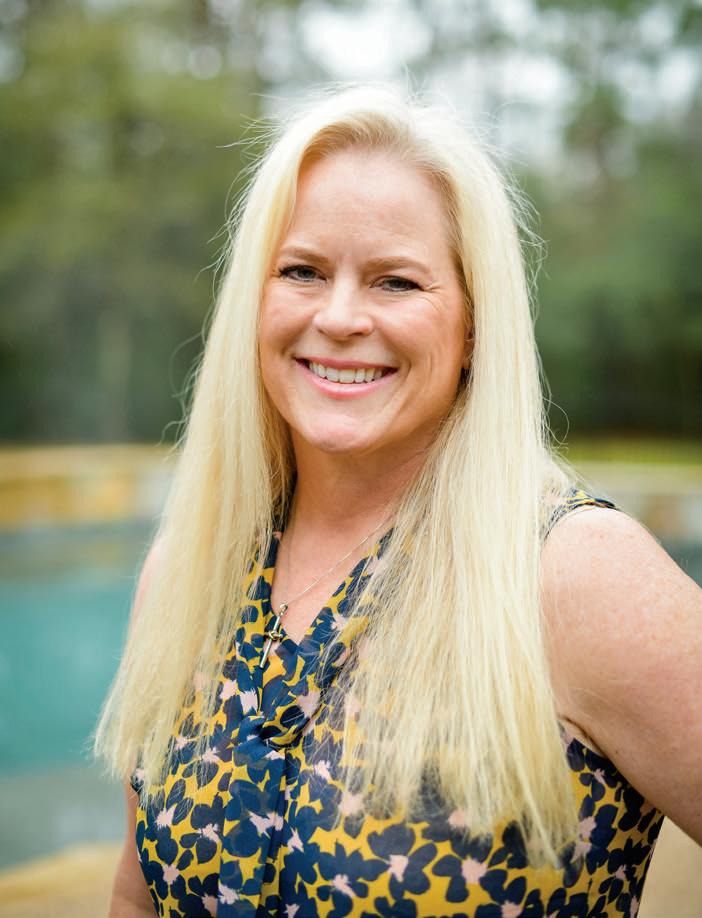
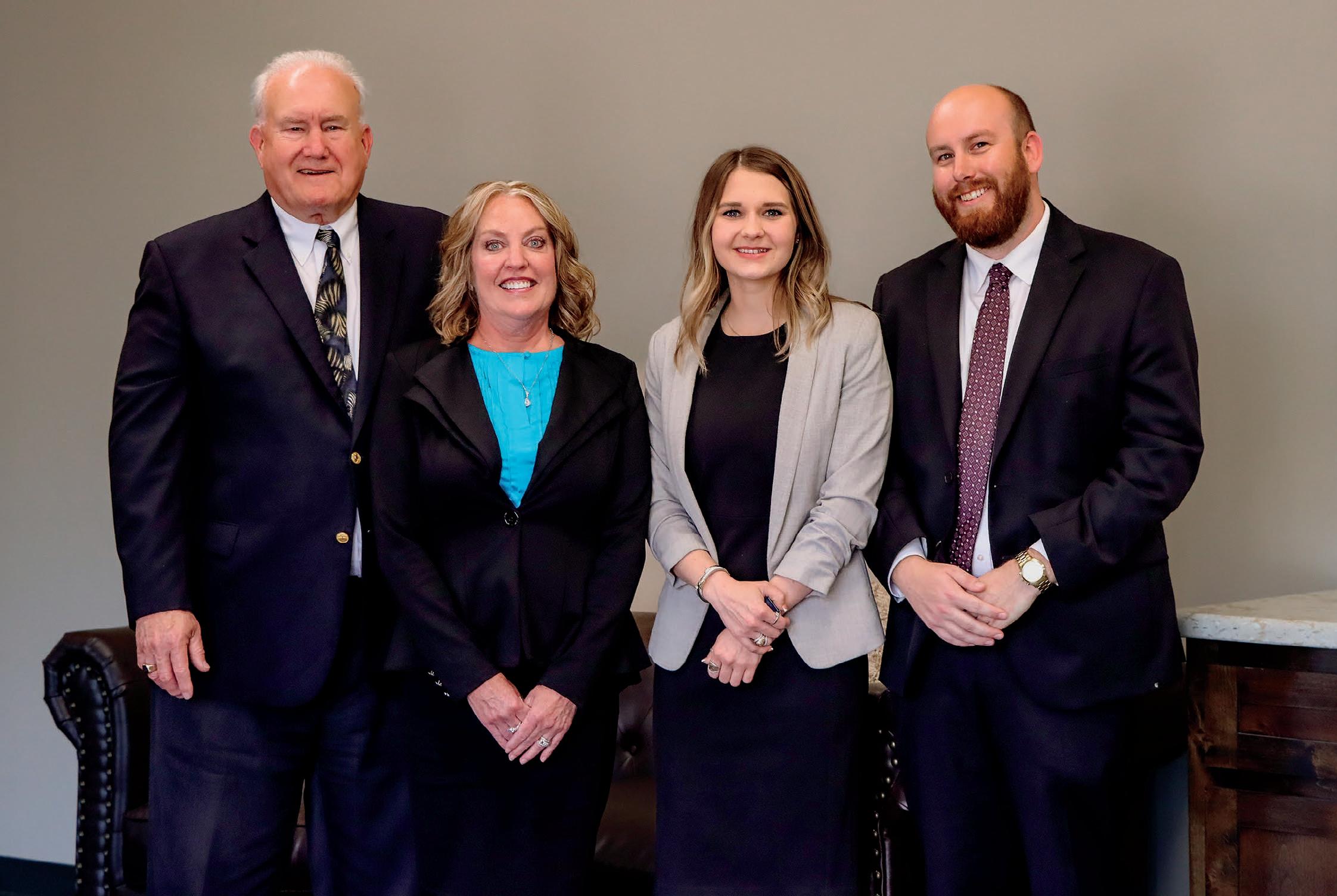
undisputed origin is shown by fossils in Australian and Greenland rocks dating back over 3 billion years.
By James W. Jones, MD, PhD, MHA

The existence of God is a perplexing question. We humans are material beings existing in a material world, and we think in physical terms considering existence. Our dreams exist in our nonmaterial or not-real world. Thus, real becomes synonymous with tangible.
The assessment process of God’s reality should start as the Bible proclaims, from its first sentence, “In the beginning God created the heaven and the earth.” This idea prevailed until 1927 when amazingly, Georges Lemaitre, a Belgian Catholic Priest, introduced the Big Bang Theory.

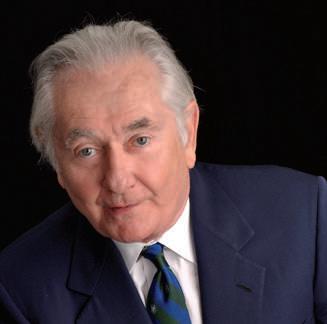
The gargantuan “Big Bang” hap-
pening was, by definition, the largest event ever possible in the material world. It has resulted in an entity of incalculable mass, whose size by diameter is 15 with 22 zeros total miles. WOW! Science does not know the cause; therefore, it has no cause. This causeless origin of everything is indeed paradoxical. This causeless greatest event is the only major scientific discovery without a known cause. I conclude the only possible explanation of creation would require an intelligent omnipotent trigger such as God.
Life is by far the greatest complexity in the material world; its

I have worked in biochemical labs producing various organic substances, and the process must be done correctly with the right substrates using certain concentrations and temperatures. Next, the complete human genome of DNA requires several different chemicals composed of atoms and totaling three billion sets to make the 46 chromosomes that are necessary for a human cell. Adding to the intricacy, there are over 200 types of cells necessary to compose a human body with different functions to produce different tissues. As would seem obvious, there are distinct differences between the tissues (such as bone, skin, and brain). These many varieties form our bodies, which have an astonishing 30 trillion cells on average. These cells die and are replaced by
a system providing renewal as needed over a lifetime. We can believe these incredible happenings just came about aimlessly…or there is a nonmaterial eternal Causal Force at work. Natural causation by nature comes about by generalities without seeking complex end results.
The concept of Evolution began in 1859 when Charles Darwin’s book “On the Origin of Species” was published. He presented evidence that humans evolved from ape ancestors which skeletal evidence confirms. Biochemicals change very slowly over time with many replacements. Such new altered DNAs could minutely alter the bodies they produce, alterations producing better survival would persist and defective ones would disappear. What level of intelligence could design such a system? Only a God-Like One.

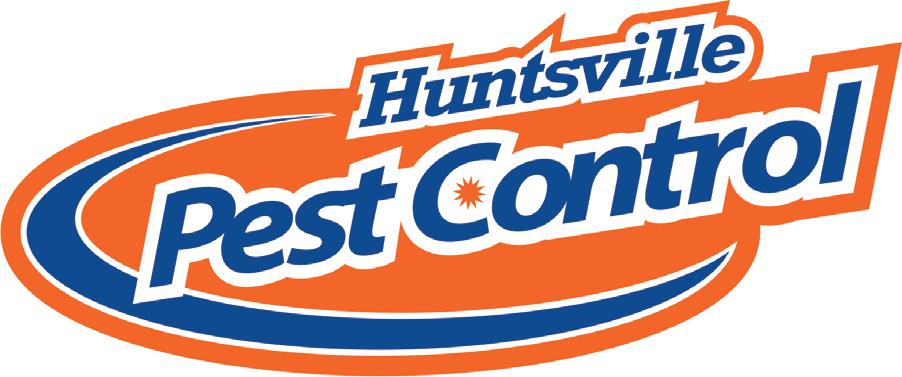




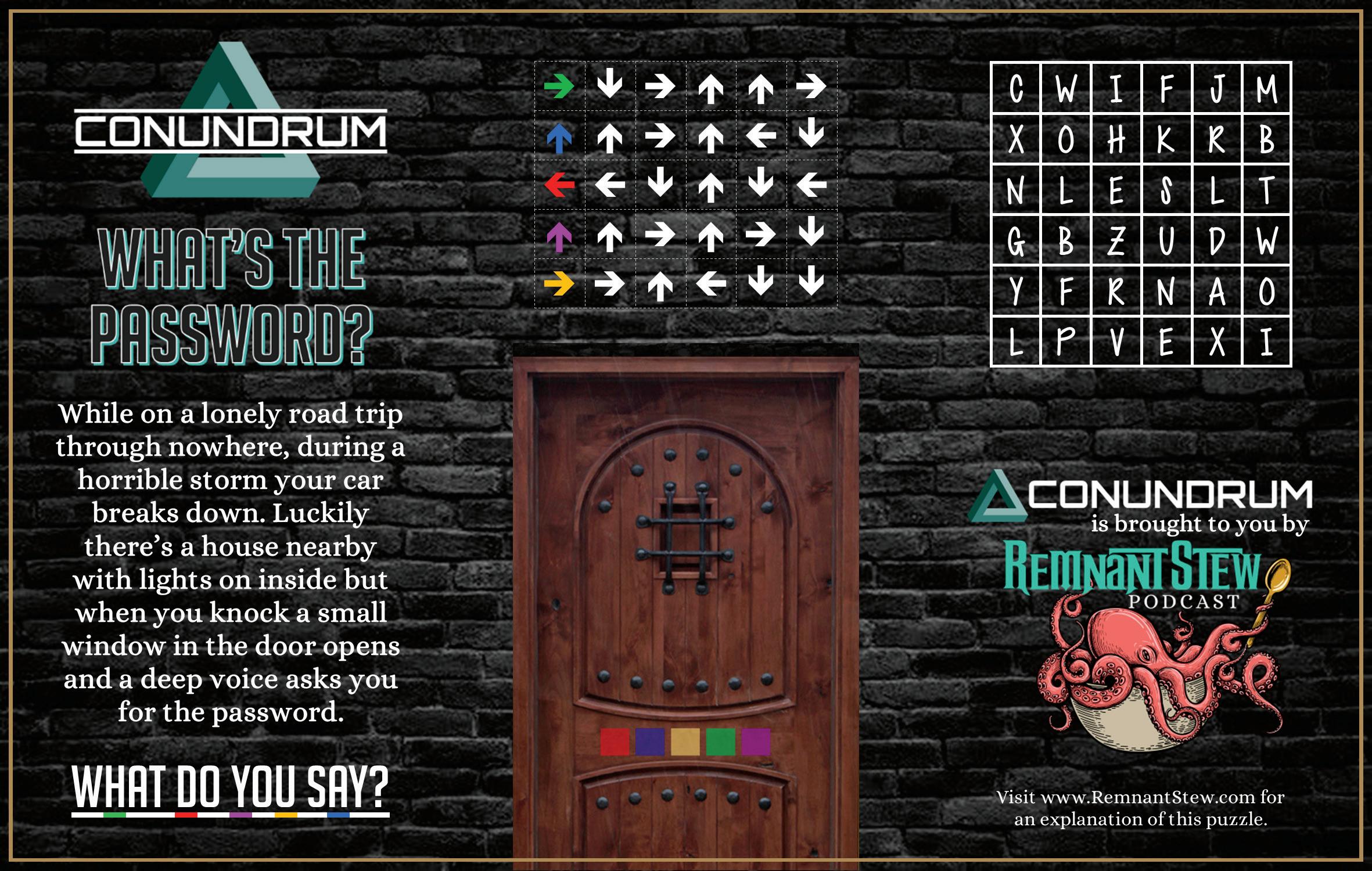





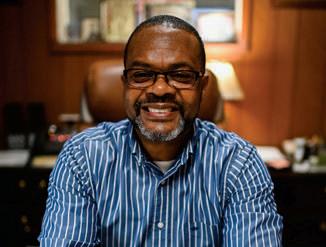


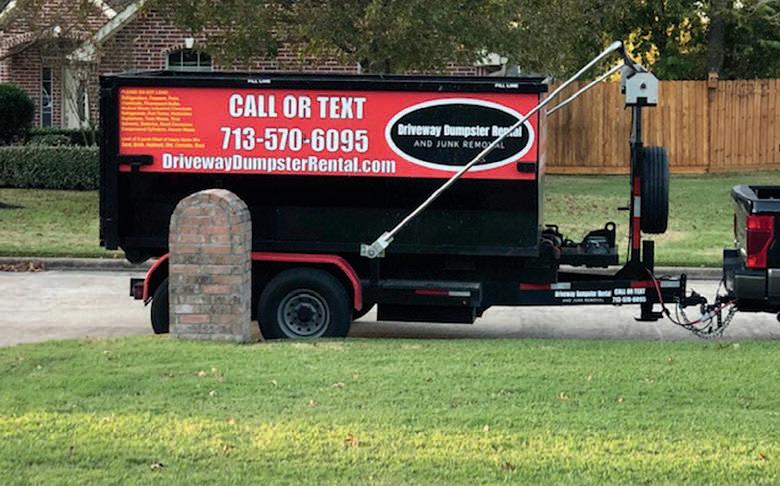



Thru 6
13
Dallas
The Trains at NorthPark thetrainsatnorthpark.com
Thru 7
Galveston
“Ice Land: A Caribbean Christmas” moodygardens.org
3-8
Houston
“Pretty Woman: The Musical” houston.broadway.com
Galveston
“The Greatest Love of All: A Tribute to Whitney Houston” thegrand.com
Lufkin
“The Wizard of Oz” (Rated G) angelinaarts.org
William Lee Martin: Hawg Wild Comedy Tour angelinaarts.org
6
The Woodlands Bri Bagwell doseydoetickets.com
6-7 Rockport Gospel Music Festival gospelforce.org 7 Beaumont
SETX Whiskey Festival setxwhiskeyfest.com
Conroe
“The Sinatra Experience” crightontheatre.org
The Woodlands
Casey Chesnutt doseydoetickets.com
14 Conroe “Beatlemania 64” crightontheatre.org
Huntsville
Gene Watson oldtowntheatre-huntsville.org
Luckenbach Blues Festival luckenbachtexas.com
24
The Woodlands Tyler McCollum doseydoetickets.com
Conroe
Job Fair conroe.org
Tyler “The Doo Wop Project” cowancenter.org
25
“Lucy Loves Desi: A Funny Thing Happened on the Way to the Sitcom” mscopas.org
11
Houston
Jeff Dunham: “Still Not Canceled” nrgpark.com
NCT 127 – NEO-CITY: THE LINK toyotacenter.com
14-15
Galveston
The Oak Ridge Boys thegrand.com 20 Conroe “Calendar Girls” owentheatre.com 21
Galveston
Pink Martini in Concert thegrand.com
Houston Unspeakable LIVE toyotacenter.com
25-29 Houston Houston Auto Show nrgpark.com 25-Mar 5 Houston
Cirque Du Soleil Presents “Kooza Under the Big Top” cirqudusoleil.com/kooza
26
The Woodlands Taste of the Town woodlandschamber.org
27
Galveston
The Music of Sam Cooke thegrand.com
Huntsville
Twitty and Lynn: A Salute to Conway and Loretta oldtowntheatre-huntsville.org
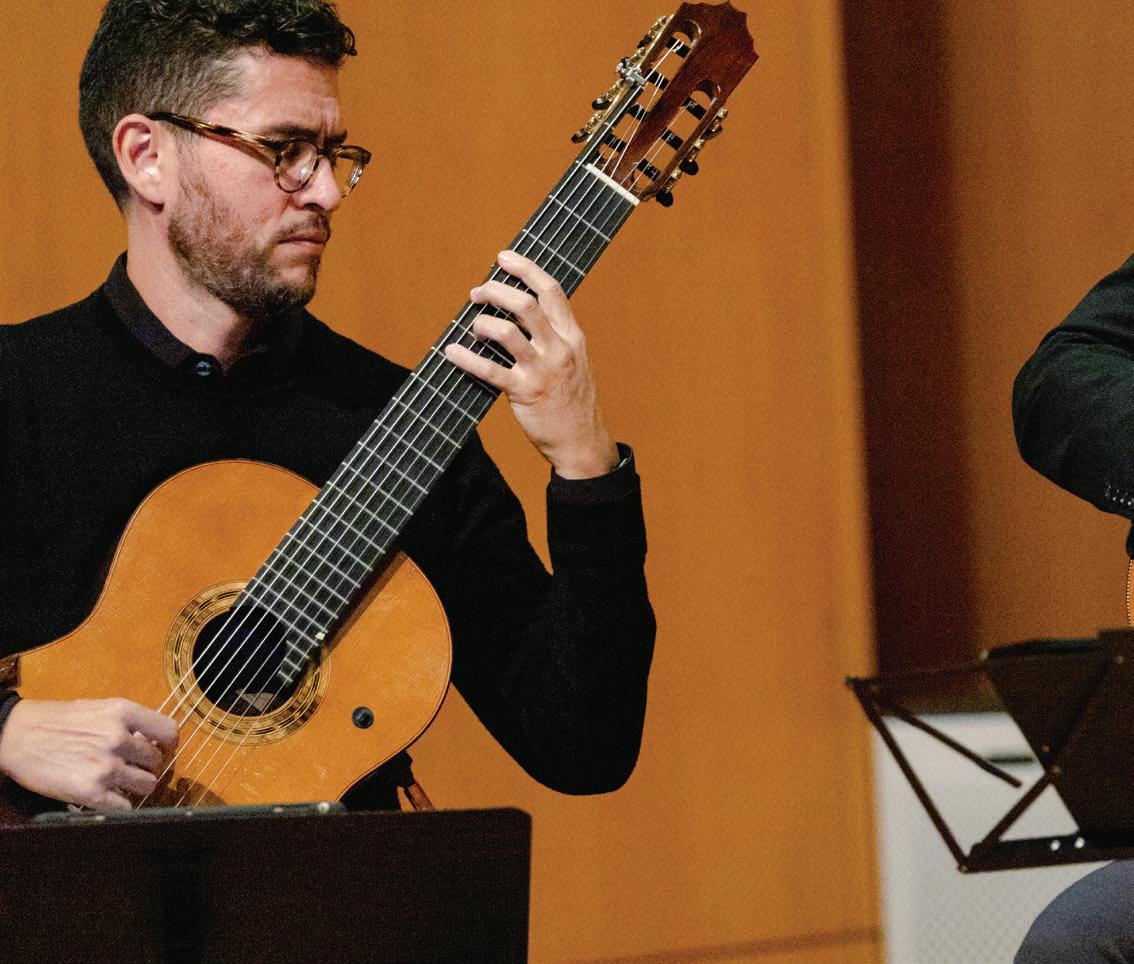





 by Linda W. Perkins
by Linda W. Perkins


A few years ago, after my husband and I decided to buy property in a Huntsville neighborhood, we attended the community New Year’s celebration. Since we hadn’t built our house, we didn’t really know anyone, so we thought we might connect with some of our new neighbors and perhaps make a friend or two.
When we got to the party, the hostess directed us to a table where there were two other couples already seated. Even though they were clearly in a different stage of life – well into their retirement years – we knew not to judge. As we visited with them over the course of the evening, we found some things in common, and we also found them a lot of fun, and so we kept in touch.
One day, several years later, we stopped by one couple’s home for a visit. We had heard they were having health struggles and wanted to see if there was anything we could do for them (besides praying, which we were already doing). We talked about getting together more often once we built our house. Then, much to our surprise, the husband said, “I have to ask you…why are you interested in us? We are so much older than you, and I would think you would rather be with people your own age.”
If there was one thing Jesus was known for during his life, it was befriending people outside the social circle he was expected to keep as a male Jew. As He came in contact with women, children, Samaritans and tax collectors, Jesus always looked beyond differences or society’s labels and looked to their hearts instead. He knew their hurts and hangups, their sins and struggles--but loved them anyway.
It is easy to stay in our cozy, comfortable social circles with people who look, act, or think just like us. But what would happen if we chose to be more like Jesus, creating connection with people whose lives look quite different than ours? We could talk with them and pray with them. We could even break bread with them. They might see Jesus in us, or we might see Jesus in them. And somewhere along the way, we might even make some new friends.
“Soon afterward Jesus began a tour of the nearby towns and villages, preaching and announcing the Good News about the Kingdom of God. He took his twelve disciples with him, along with some women who had been cured of evil spirits and diseases.” – Luke 8:1-2a (NLT)
“There was a man there named Zacchaeus. He was the chief tax collector in the region and had become very rich... When Jesus came by, he looked up at Zacchaeus and called him by name. ‘Zacchaeus!’ he said. ‘Quick, come down! I must be a guest at your home today!’ Zacchaeus quickly climbed down and took Jesus to his house in great excitement and joy.” –Luke 19:2, 5-6
“While Jesus was having dinner at Matthew’s house, many tax collectors and sinners came and ate with him.” – Matthew 9:10 (NIV)








